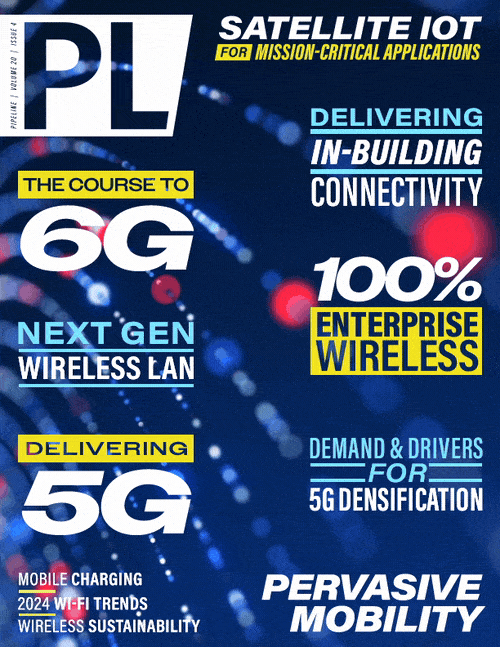Is it Time to Convert to 100% Wireless
Enterprise Connectivity?
By: Andy Daudelin

Is wired access to your buildings and remote offices quickly becoming obsolete?
Once a poor alternative to direct connectivity, recent advancements in coverage, speed, and reliability have made wireless a preferred option in many scenarios. With the rollout of 5G enabling up to 1 Gbps, almost ubiquitous coverage, and business-grade offers by the top service providers, wireless can meet most service needs with increased reliability. No more weeks to months of delivery time and no more risk of cable cuts taking out service – attractive features driving the start of a major shift in access architecture. When and where should you make the move? I’ll explore the historical challenges, the current state of the art, the pros and cons of wireless vs. wired, and two real-life use cases of companies that sought to eliminate wired access altogether.
When NTT first introduced 1G in 1979 no one could have predicted the enormous and pervasive impact wireless connectivity would have in just a few short decades. With the introduction of the iPhone less than 30 years later and the subsequent explosion of smartphone technology, wireless was soon supporting robust consumer applications as well as internal business apps. However, 3G speeds of 2 Mbps in the late 2000s couldn’t reliably support data-intensive real-time apps. In addition, network coverage was far from ubiquitous with less than half the number of cell sites we have in the U.S. today. The rollout of 4G supporting speeds up to 100 Mbps, which began in Norway in 2009, dramatically changed the landscape and expanded potential use cases to live rich content such as high-quality video streaming and real-time apps like online gaming. Furthermore, coverage expanded significantly with the number of cell sites in the U.S. almost doubling in 10 years. In addition, wireless carriers began providing reliable business-grade wireless access services. The most recent advancement, 5G, has driven a sea-level change in capability and possibilities. With speeds up to 1 Gbps and 80 to 90 percent less latency than 4G, 5G can support data-intensive applications requiring near instantaneous response times.
Wireless access was first used by businesses to provide a backup to their primary connectivity. Although it was typically a reduction in speed and capacity, the wireless service could keep critical applications running during an outage. Wireless was also used to provide temporary connectivity to new locations waiting for construction and delivery of hard-wired access. During these early days, wireless access was better than nothing but couldn’t compete with wired access as a permanent solution. Lack of ubiquitous coverage was a primary barrier to widespread use. Not only was coverage insufficient across the map, but coverage within a building was often a challenge, especially within large locations containing barriers such as concrete walls and metal racks. Solving the in-building coverage issues with DAS (Distributed Antenna System) solutions was often too costly to justify the potential savings. Furthermore, performance was frequently not sufficient to meet demanding and critical business applications, with increased jitter and delay, slower throughput, and reduced reliability. Lastly, concerns about security across the wireless connection were a barrier for some mission-critical apps. Simply put, until recently, wireless access was not considered to





















